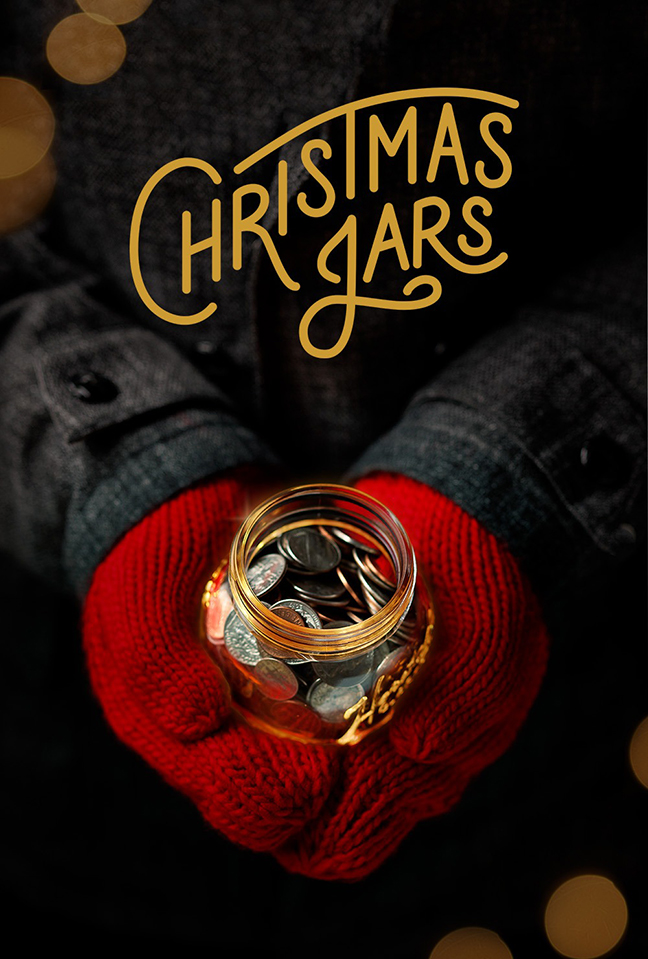There are many Americans who have a Scandinavian background in their ancestry. But how many of them have a knowledge of Scandinavian Christmas traditions, food and music? I would venture to say, not many.
It may be surprising to know that many of our American and western world traditions stem from Scandinavian countries. Many of these customs date from Norse pre-Christian times with pagan rituals.

Even though the Bible does not give a specific date for the birth of Jesus; December 25th was chosen, as it falls near the winter solstice. Light and candles were very important in this season. Stephen Nissenbaum wrote in his book The Battle for Christmas, “The ancients sent the darkness scattering by filling their homes with fire-light.”
In contemporary times, Scandinavian traditions are more commercial. Presents, Santa Claus and secular events are more prevalent than the sacred traditions of the past.
Norwegian Christmas Traditions
In Norway, Christmas traditions start to appear in late November, with many streets in Oslo decorated with lighted Christmas trees. This tends to take away some of the gloominess, dreariness and darkness that is common, being so close to the Artic Circle. At this time of the year daylight is only a few hours a day.
During Advent, julebord or pre-Christmas parties, are hosted by stores, clubs and private parties. December 23rd, or “Little Christmas Eve,” is a time when family and friends decorate the Christmas tree, bake gingerbread, and consume lots of a traditional favorite, rice pudding, (risengrynsgrot.)
Americans usually open their presents on Christmas morning. In Norway, five bells are rung from the churches on Christmas eve. Presents are opened at night, not on Christmas morning.
Food on a Norwegian Christmas table often consists of dry-cured lamb ribs (pinnekjott) and cod cured in lye (lutefisk). A favorite dessert is risen grynsgrot (rice pudding mentioned above.) Often, the drink of choice is a mulled wine called Glogg.The Norwegians like to dip gingerbread (pepperkake) in their Glogg.
Music in Norway
Ole Bull (1810-1880) was Norway’s virtuoso violinist of the 19th century. He was also a composer, entrepreneur, and self-proclaimed leader of the cultural elite in Norway. As a child prodigy, he unbelievably was admitted as first violin in the Bergen Orchestra, when he was eight years old! His musicianship was so outstanding he was called the “Paganini of the North.”
Bull surrounded himself with some of the most famous people of his era, including musicians, Schumann, Liszt, and Wagner. Bull was able to start a national theatre in Bergen. He made the writer, Henrik Ibsen, manager of his theatre.
Edvard Grieg (1843-1907) the diminutive Norwegian, became one of Norway’s greatest composers. The writer, Henrik Ibsen, was very influential in promoting the fame and reputation of Grieg. The famous incidental music of Peer Gynt, was composed by Grieg with the story by Ibsen.
Swedish Christmas Traditions
Traditions in Sweden are somewhat like Norway’s. The Swedish people also like to visit families and friends during Christmas and New Year’s.
Burning candles is still common. Women and young girls celebrate Saint Lucia Day (or Saint Lucy) on December 13 during Advent. Women and girls wear crowns with lighted candles on their heads. Legend says, in ancient times, Lucia wore a candle-lit wreath on her head to light her way while taking food to Christians hiding in catacombs.
A peculiar and unique tradition is having a Christmas tree that is as straight as can be—a very challenging task. A questionable activity, when trying to choose a tree in the woods, is attempting to fell the tree with a shotgun blast! Maybe that tradition needs to be re-thought!
The Christmas table may feature, “jellied pigs’ feet, sausage, lutfisk (spelled differently than in Norway), ham, pate, anchovy dish called (gubbrora) and pickled herring,” reported by Noha Charney in the article, A Scandinavian Christmas: History and food Traditions.
In some schools and businesses, the popular “Santa Game”is played. Gifts are given anonymously. Participants are given someone’s name and they then give them a gift. The person receiving the gift must then guess who the giver is.
The Swedish tradition of “Twelfth Night” is where star-boys (Stjarngossar) carrying stars made from paper, then go from house to house singing Christmas songs and are followed by the “Three Wise Men.” They hope to get schnapps and other food in exchange for their songs.
Music in Sweden
One of the most popular musical groups is The Son of Orpheus Male Choir. It dates to its founding in 1853 at Uppsala University. The Choir performs music from many periods of music history. The choirs’ arrangements are in the style of the original compositions.
Danish Christmas Traditions
The Danes begin their Christmas season with Advent – four Sundays before Christmas, with a wreath made of spruce boughs and red berries. They also place four candles on top, which they light each Sunday before Christmas Eve. The Advent calendar candle has 24 marks on it and is lighted every day for 24 days—December 1-24th—that burns down one mark each day. Children receive a gift of candy for each day during Advent.
The Danish Christmas tree, like many cultures, has a gold or silver star atop the tree. Unlike other traditions, the Danes place their national flag around the tree.
The holiday dinner would most likely be a stuffed duck or goose with apple and prune stuffing. The usual side dishes may be cranberry sauce, beets, red cabbage, and sweet potatoes. Again, as with other Scandinavian countries, rice pudding is a must for dessert.
Music in Denmark
Carl Nielsen (1865-1931) was a noted Danish composer of classical music. His music was reflective of a national style, most vividly exemplified in his six symphonies. Nielsen was Denmark’s most prominent composer. Today Denmark is popular for its many music festivals and is noted for its modern jazz, pop, and rock music.
Finnish Christmas Traditions
Finns like to joke that Santa Claus comes from Finland. They say everyone knows that! Many Finnish traditions coincide with the traditions of other neighboring countries. A strong tradition in Finland is to decorate your log cabin, inside and out, with numerous candles. Another unique tradition is to go from the sauna, that is quite warm, to the very cold outdoors in the snow and ice. Burrrrr! They’re tough; they can take it!
The Christmas feast favors roast pork, fish and various casseroles, to go with meat and fish. For dessert the Finns like ginger biscuits, varied chocolates, and their national version of mulled wine (Golgi). The popular rice pudding is ever-present but eaten for breakfast and not for dessert.
Music in Finland
Jean Sibelius (1865-1957) was a famous and popular Finnish composer. Finlandia, was one of his signature pieces. It was so popular, it put Finland on the “musical map.” Sibelius was a champion of nationalistic Finnish music.
Sami music (folk music) popular in northern Finland and Norway, is known for its highly spiritual songs called joik. It is similar to some native American songs. Modern Finish music includes the popular rock music, heavy metal, hip-hop, pop, and jazz.
Some of the research for this article was enhanced by the writings of Noah Charney, notably, A Scandinavian Christmas: History and Food Traditions.
Here’s hoping your Christmas Season is a bright one and your New Year is filled with good health and happiness!
Mark your calendar-The Danville Community Band’s Annual Christmas Concert is December 15th at 4:00 p.m. in the sanctuary at Community Presbyterian Church. Concert and Parking are FREE. Come early!
Submit your questions and comments to banddirector01@comcast.net
Visit our website at www.danvilleband.org for up-to-date information about the Danville Community Band.









